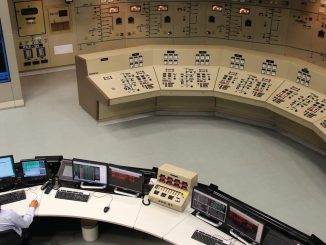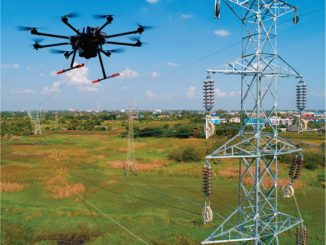Metering communication technologies are crucial for any smart meter implementation project, as they form the basis of two-way information passage between a power utility and its consumers. These technologies provide a constant stream of granular information about electricity consumption in real time to the utility. The robustness, precision, speed and affordability of an advanced metering infrastructure and the communication system associated with it are key determinants of the revenue accrual of a discom. There are various types of metering communication systems, such as radio frequency (RF) mesh, cellular (2G/4G), Wi-Fi and narrowband internet of things (NB-IoT). These technologies must be evaluated by a distribution utility after due consideration of their affordability, security, maintenance costs, component interoperability, reconfigurability in times of contingencies, etc. Moreover, a discom needs to consider the set of objectives that it intends to accomplish by installation of metering communication systems, which depends on the composition of its consumer base.
Communication technologies
Meters using RF mesh communication systems are capable of remotely collecting data and providing real-time consumption data on electricity. These me-ters transmit their data to router nodes and collectors. RF mesh technology is capable of fulfilling multipurpose smart metering applications due to its ability to dynamically form ad hoc communication links between neighbouring network nodes. The technology is scalable, self-healing, auto reconfiguring and requires fewer network devices. It is ideal for clustered deployment. Meanwhile, smart metering infrastructure based on 2G and 3G networks is considerably popular, because these meters communicate on widely available telecommunication networks. This makes it very feasible to deploy them in low density areas with limited difficulty. Additionally, these meters have inbuilt modules to identify and report cyber-attacks on their network. However, network service providers are often reluctant to provide maintenance services in case of issues in 2G/3G communications networks. Additionally, 2G/3G networks would eventually have to be upgraded, given that they will likely be phased out in the long term.
Wi-Fi is another communication option for smart meters. With Wi-Fi, discoms can incorporate IoT sensors to provide improved services to consumers while simultaneously limiting aggregate technical and commercial losses. This enables electricity users in their premises to reduce power wastage and cost of consumption. The system consists of a digital energy meter, a Wi-Fi module and web applications for the management system. Experimental results show that the system works well despite being slightly costlier than other technologies. However, security is a key concern with this technology, as communication can be stopped by intruding into the network.
Powerline communications (PLC) technology uses electrical wiring to simultaneously transmit both data and electrical power without any interference, as they use different frequencies. In this system, the network is either installed above ground or underground. This technology has been in use for several decades for communications between electrical substations through extra high voltage power lines. However, it is yet to be applied in distribution lines on a commercial scale. The disadvantage of this technology, despite its affordability and versatility, is the high noise-to-signal ratio of the signals transmitted and received through this method. There is a lot of distortion when the signals pass through other power equipment such as power transformers and inductors, which makes it less suitable for deployment in areas where meters are scattered. On the other hand, it is extremely viable to deploy PLC technologies in multi-storeyed buildings where the meters are clustered, which reduces signal distortion substantially.
CESC’s experience
CESC has conducted various smart metering pilots based on different technologies. In 2013-14, it conducted a pilot project on cellular smart meters. In 2014-15, three proofs of concept (PoCs) were carried out using PLC as the communication technology under different site conditions such as underground, overhead and in clustered metering. In the same year, two PoCs with RF mesh at 865-867 MHz and one PoC with RF mesh at 2.4 GHz were conducted. In 2017, a PoC was done with a few meters sporting Wi-Fi technology. During 2018-20, two pilot projects were conducted with RF mesh smart meters at Jodhpur Park and Pilkhana. In 2020, a PoC with NB-IoT-compliant smart meters was conducted, and currently smart meters with 4G are being evaluated.
Issues and challenges
Discoms often face technological issues in choosing the best-suited end-to-end communication medium for smart meters. This is due to the non-uniform pan-India coverage of new technologies such as NB-IoT, interoperability issues, and lack of smart metering deployment exposure. Then there are obsolescence issues as well with 2G 3G gradually being phased out. Meter manufactures are generally slow in hedging obsolescence in communication technologies, and backward compatibility is also a cause of concern. In addition, there are concerns over data security, data localisation and IT expertise within utilities.
With inputs from a presentation by Udayan Ganguly, General Manager, CESC Limited



